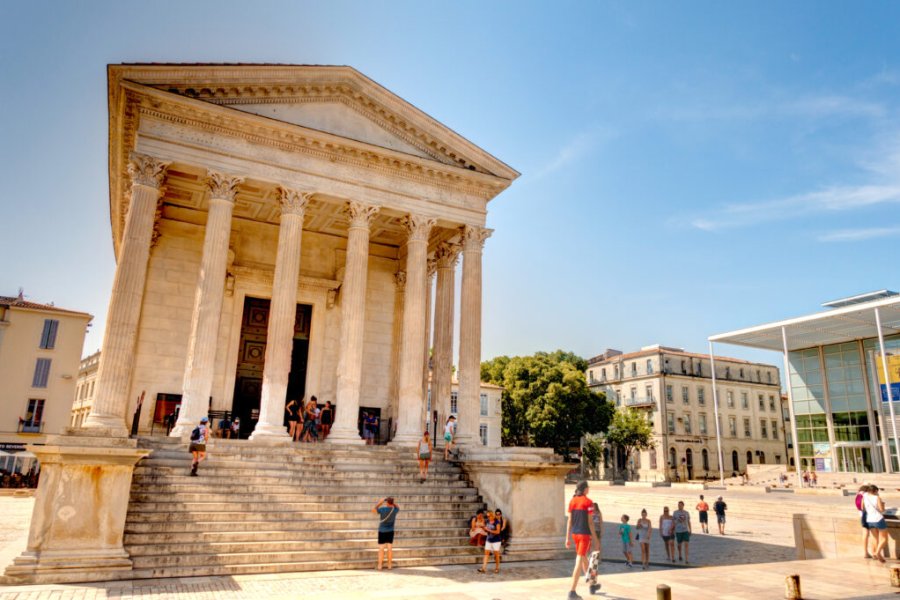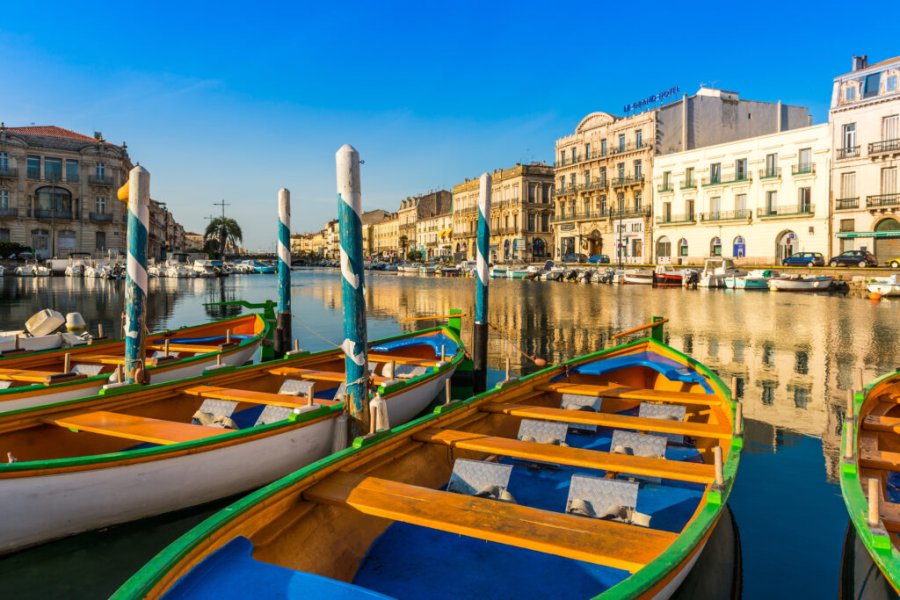Travel Guide Tarhouna
Find an accommodation
Advertising
90 km from Tripoli and Khoms, the city itself is of little interest to tourists. But it represents the basis of an exploration of the plateau of Tarhouna (jebel Tarhouna), which is full of beautiful landscapes planted with olive trees and a multitude of small archaeological sites scattered, although not spectacular, but which allow a cultural touch to be added to a walk in the countryside and in the great fir forest of Charchara. Tarhouna can therefore be the subject of a day trip to air before returning to Tripoli. There is also a direct road from Khoms (80 km south-east). On the road to Ghirza, you can also decide to spend one morning. In all cases, a good idea is a picnic in the campaign at noon.Tarhouna is in the centre of the country's largest olive region. Large olive groves surround the city, and new ones were planted just recently at the foot of the plateau (on the lovely road along the cliff of the plateau between Tarhouna and Souk al-Ahad). Olive cultivation in the region goes back very far. The numerous ruins of olive presses placed on the plateau of Tarhouna and Jebel Msellata bear witness to the development of olive cultivation which made the region rich in Roman times. It has relatively good rainfall (much better than on the coast) and has many (Wadi) courses and water sources, some of which were perennial until recently. The Tarhouna plateau was all fertile time, and there are also cereals, grape, fig, almond trees and palms.
Suggested addresses Tarhouna
Weather at the moment
Advertising
Organize your trip with our partners Tarhouna
Transportation
Book your plane tickets
Car Rental
Boat rental
Accommodation & stays
Find a hotel
Holiday rental
Find your campsite
Tailor-made trip
Immersion travel
Services / On site
Activities & visits
Find a doctor
Find unique Stay Offers with our Partners
Other destinations nearby Tarhouna
100 km away



